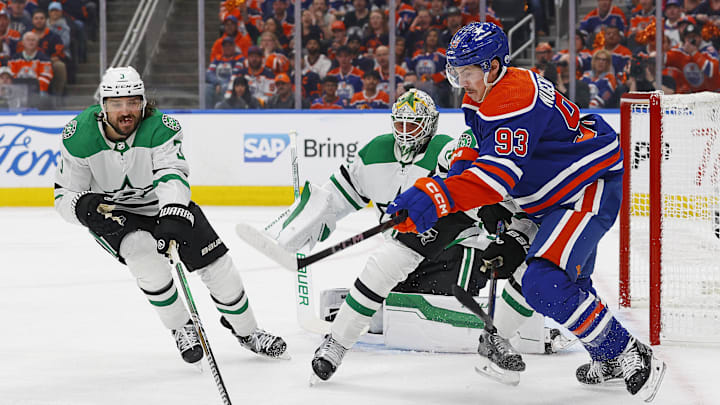Timothy Liljegren
For years Timothy Liljegren has put up near-elite numbers from the third pairing but struggled when given harder competition and more responsibility. Though to be fair, he had periods last year where he was deployed on the top and second pairings and he was decent, if not great.
While the Leafs could use Oliver Ekman-Larson on their second-pairing and Liljegren on the third, no one knows what Craig Berube will do yet. However, because of his youth, potential, and puck-moving ability, the Leafs should use Liljegren on the second-pairing, at least to start with. There was no point in keeping him around and re-signing him if he's just going to play on the third pairing.
If he holds down the job, the team is that much better. But an OEL / McCabe pairing is not the second-pairing of a cup contender, and in fact would be very much below average, so the Leafs better pray that Liljegren can handle the harder minutes.
Last year the Leafs won his minutes and his Expected Goals Percentage was a respectable 53%. Considering he played mostly on the third pairing, those numbers can't really be trusted. What we do know is that he only really ever had one professional coach in the AHL and NHL and that coach didn't trust him at all.
Was Keefe right, or just biased and unable to see Liljegren's growth? We'll learn the answer to that question this year, but for a contending team, McCabe/Liljegren as the second pairing doesn't exactly scream STANLEY CUP.
In a best-case scenario, McCabe doesn't decline and Liljegren takes a step forward and the Leafs have, what, an average to slightly above average second pairing? I just don't think that's good enough.
